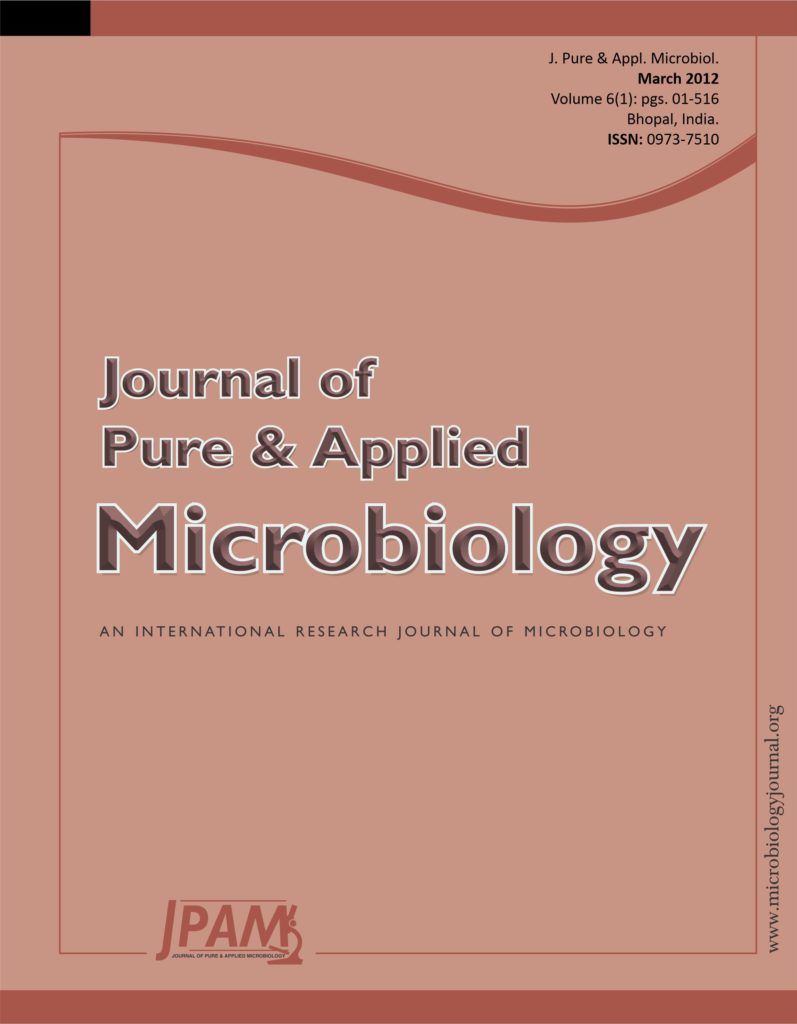Four hundred nineteen vaginal swabs were obtained from childbearing healthy women seeking medication for vaginal itching, odor and discharges in outpatient gynecology clinic at Yamamah Hospital, Riyadh, Saudi Arabia. 23% of the swabs produced Candida on culturing. The distributions of the species were: for Candida albicans, 14%, C. glabrata, 5%. C. krusie, 3%, and 1%, for each of C. famata, C. parapsilosis, C. kefyr and C. tropicalis. The susceptibilities of C. albicans, C. glabrata and C. krusie against amphotericin B, itraconazole, flucoconazole and Ketoconazole were tested using E-test. C. albicans 4% were resistance to amphotericin B and 20% with reduced susceptibilities. C. glabrata showed 100% resistance to itraconazole and reduced susceptibilities to flucoconazole and Ketoconazole with only 80% susceptible to amphotericine B. According to the questionnaires, enduring infection may be a consequence of oral contraceptive and regular use of antifungal drugs.
Pregnent Women, Candida sp, Cohort Saudi Women, Infection, Susceptibility
© The Author(s) 2012. Open Access. This article is distributed under the terms of the Creative Commons Attribution 4.0 International License which permits unrestricted use, sharing, distribution, and reproduction in any medium, provided you give appropriate credit to the original author(s) and the source, provide a link to the Creative Commons license, and indicate if changes were made.


